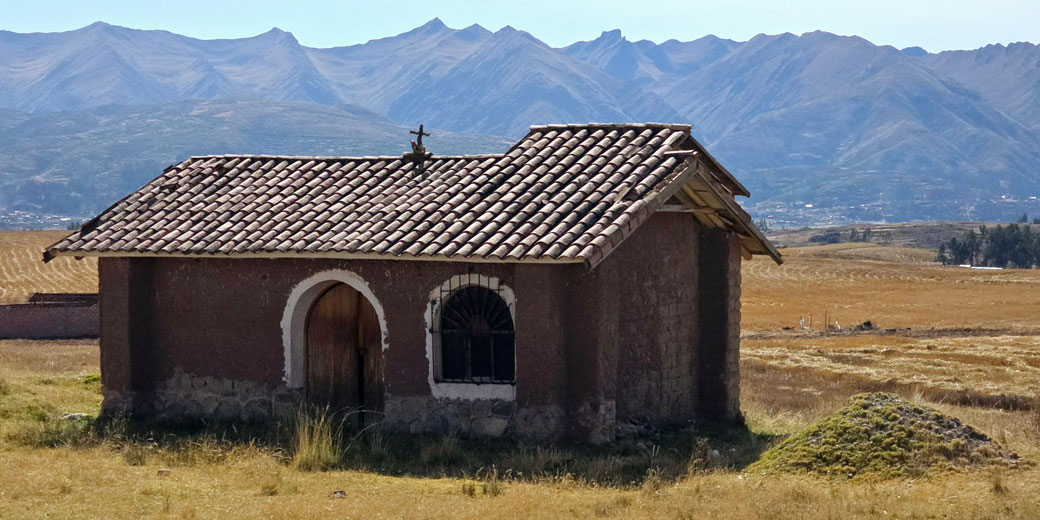How the encomienda system worked in the New World

The Spanish introduced the encomienda system shortly after they began colonising the Americas. It had first operated in Hispaniola under Nicolás de Ovando in 1502 and had spread quickly through the Caribbean and across Spanish-controlled mainland territories.
Ovando had arrived that year with over 2,500 settlers and orders to restructure colonial society, and this included the assignment of Indigenous communities that paid tribute.
What was the encomienda system?
Earlier colonial governors had engaged in informal tribute-taking, but Ovando had formalised the encomienda system as a system to control Indigenous labour.
Through the encomienda, the Crown gave individuals the right to demand tribute from Indigenous communities on the claim that encomenderos would act as military protectors who also provided religious instruction and managed local economic affairs in return.
Spanish officials based the encomienda system on models developed during the Reconquista in the Iberian Peninsula, where Christians had taken tribute from conquered Muslim communities.
When Spanish officials adapted this model to the Americas, they said it would reward those who served the Crown and encourage conversion to Christianity.
Encomenderos, those who received these royal grants, usually included conquistadors, military leaders and colonial administrators who had contributed to the conquest.
Hernán Cortés, for instance, received extensive encomienda holdings in the Valley of Mexico, which included tribute rights in areas such as Coyoacán after the fall of Tenochtitlán.
Encomenderos had never received legal ownership of land or people. They exercised actual control over both, which allowed them to build wealth and local influence.
What were the human costs?
When encomenderos enforced tribute obligations, they demanded resources such as farm goods, manual labour or coin.
In fertile regions, they demanded harvests or forced Indigenous workers to farm set plots under their strict control.
In areas rich in minerals, such as Potosí and Zacatecas, they forced workers into mines where they worked in brutal conditions that often led to death.
Under such strain, many Indigenous workers had died from exhaustion, starvation or newly introduced European diseases that had spread quickly among local populations.
By 1514, Dominican records from the time suggest that over 35,000 Indigenous people had been living under encomienda arrangements in Hispaniola alone, though exact figures remain uncertain.
The Dominican friar Bartolomé de las Casas, who had once held an encomienda himself, later condemned the system in his Brevísima relación de la destrucción de las Indias, which he presented to Emperor Charles V in 1542.
He urged the Spanish Crown to take action, though his early recommendation to use African slaves, a view he later retracted, showed the limits of his critique.
Spanish monarchs said that encomiendas were temporary grants to stabilise early colonial society, but they soon saw the danger of giving too much local authority to powerful colonists.
By 1542, Emperor Charles V had issued the New Laws (Leyes Nuevas de Indias), which banned the hereditary transfer of encomiendas and sought to restrict abuses of Indigenous people.
Royal officials designed these reforms to limit the independence of encomenderos and strengthen royal authority.
In Peru, however, resistance began almost immediately, most notably the rebellion of Gonzalo Pizarro, who declared himself governor in 1544 and openly defied the Crown.
He ruled for four years before he was defeated and executed in 1548 by royal forces under Pedro de la Gasca.
How did labour systems change?
Although Spanish rulers repealed or weakened parts of the New Laws under pressure from colonial elites, the system gradually moved away from encomiendas toward other forms of forced labour.
Systems like the repartimiento, which had been formalised under Viceroy Francisco de Toledo in the 1570s, and later debt peonage had replaced earlier grants, but they kept the unequal power between Spanish settlers and Indigenous people.
As diseases and economic exploitation reduced Indigenous numbers during the sixteenth century, with central Mexico’s population falling from an estimated 25 million in 1519 to fewer than 3 million by 1568, the Spanish colonial administration relied more on formal institutions to regulate labour rather than personal grants of authority.
As a result of the encomienda system, the Spanish Crown had allowed rapid extraction of wealth, but the system had weakened Indigenous control and had led to a sharp fall in population.
It created a pattern of inequality across colonial Spanish America and formed the basis for plantation economies and forced labour systems.
The system created a strict social order and used violence in the name of civilisation and religion.
In remote regions, elements of the encomienda system lasted into the seventeenth century, and its social effects continued in caste-based systems that divided colonial society by race.
What do you need help with?
Download ready-to-use digital learning resources
Copyright © History Skills 2014-2025.
Contact via email
With the exception of links to external sites, some historical sources and extracts from specific publications, all content on this website is copyrighted by History Skills. This content may not be copied, republished or redistributed without written permission from the website creator. Please use the Contact page to obtain relevant permission.





